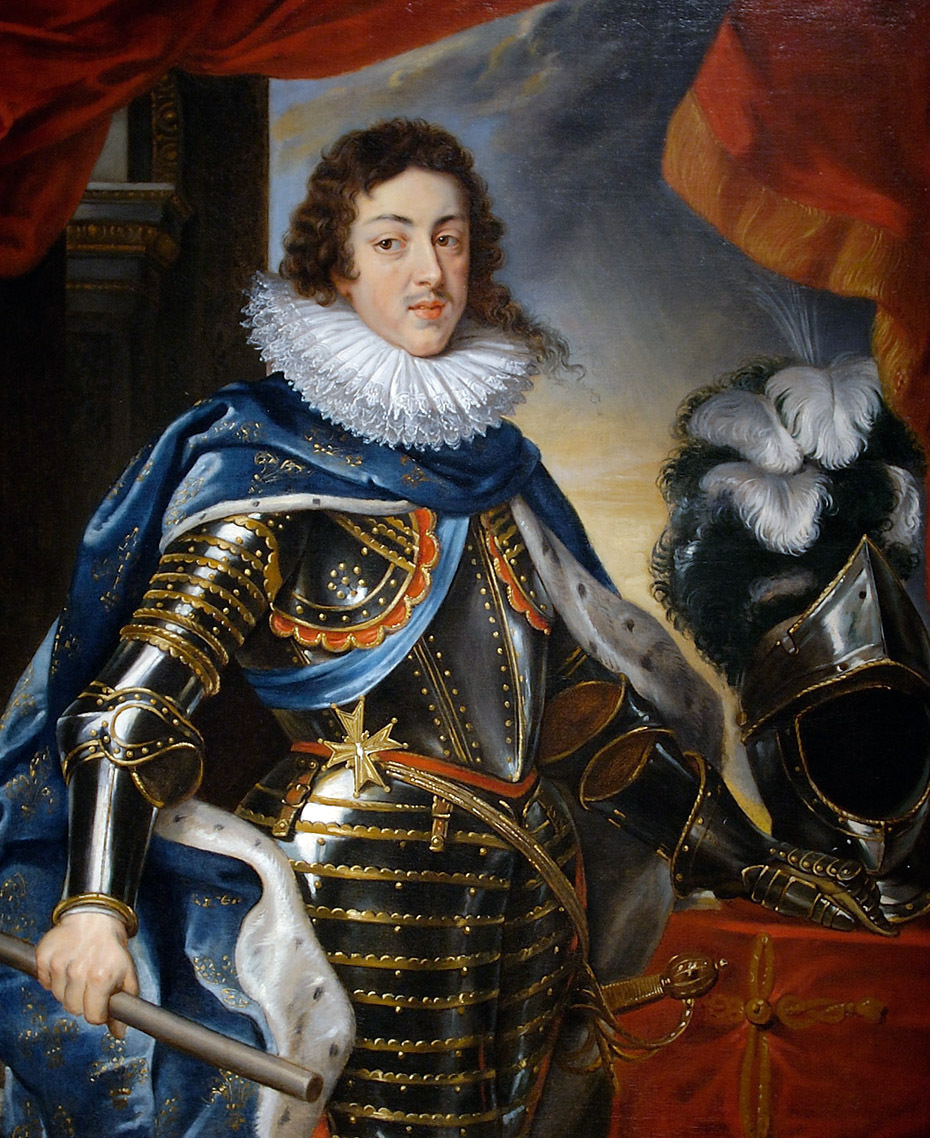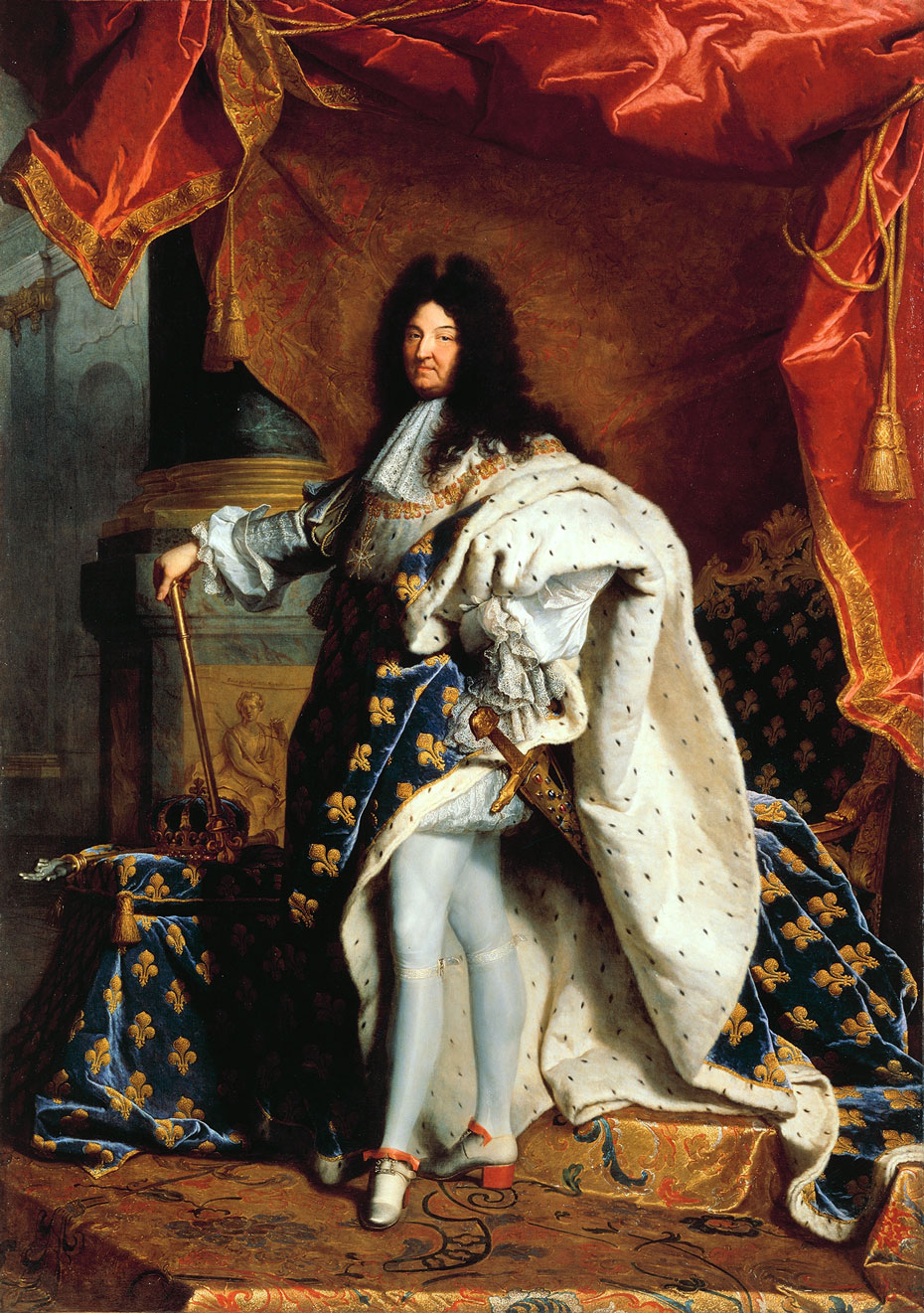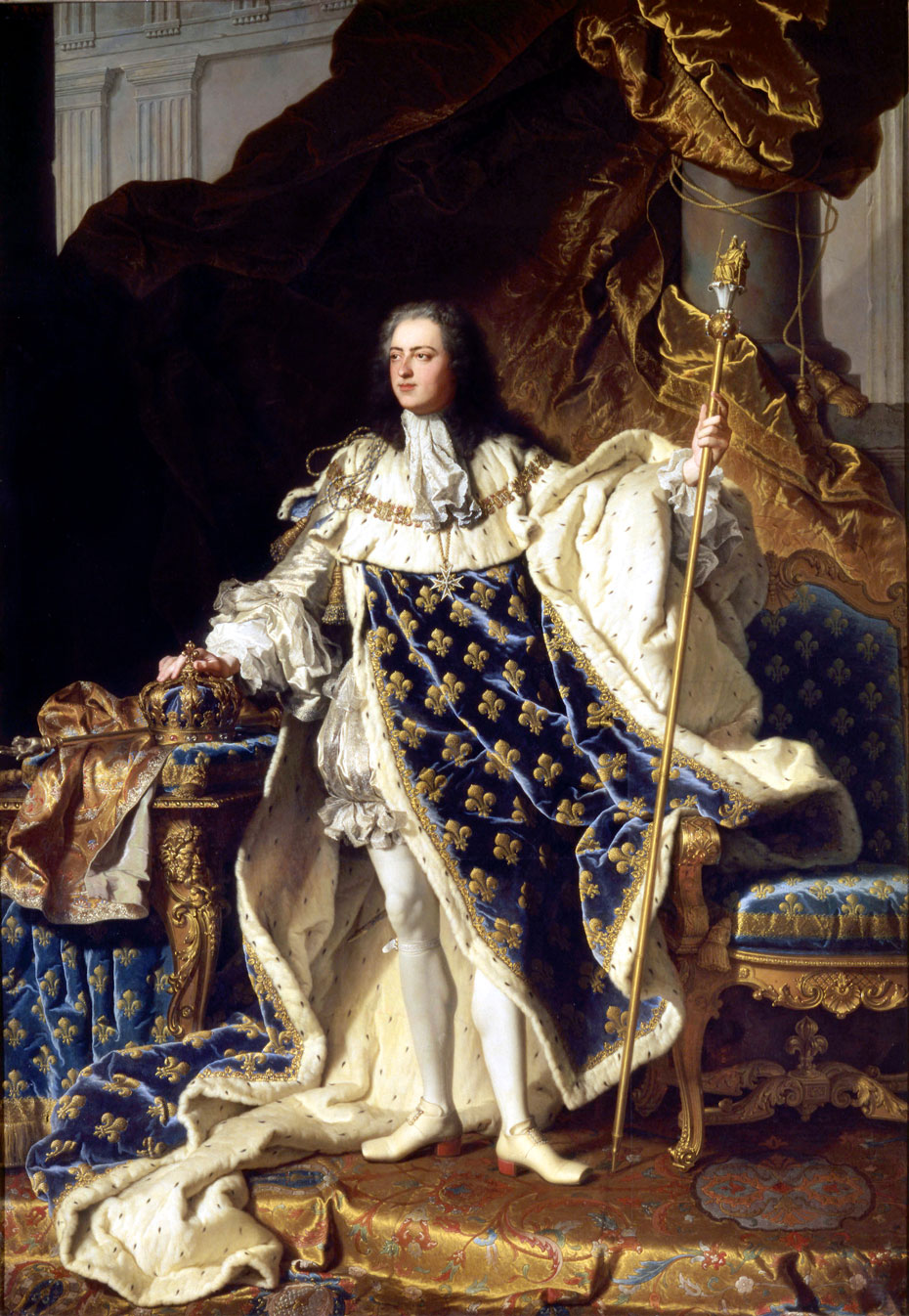In terms of cultural development, Louis XIII’s reign was influenced by the alliance between his father, Henri IV, and his mother, Marie de Médicis, which injected into the whole of the Kingdom of France the elegance of the decorative arts that originated in Italy, the cradle of the Renaissance. Rather than bringing over furniture and objets d’art crafted in the finest Italian workshops, the French Court invited the Italian artists to take up residence in the ateliers of Le Louvre in Paris. It was in this context that the Louis XIII style, which there had been signs of after the death of Henri III, really flourished all over France.
The Court invited the Lords and their local master craftsmen to come and visit the Louvre Palace so as to involve them in this artistic fervour. Back in their respective Provinces, the artists, who, in the meantime, had acquired illustrations of the motifs in vogue, reproduced them in their ateliers, each in their individual way. So the Louis XIII style caught on in each of the Provinces of France, with each one adding the poetic charm of their local culture to make up a whole range of provincial furniture in which each piece was unique.
Louis XIII (°1601 - †1643)
Louis XIV (°1638 - †1715)
Louis XIV had a refined taste as far as artistry in all its forms was concerned. With his horde of architects, painters and designers – Louis le Vau, Charles Le Brun, Jules Hardouin-Mansart – he decided to have the Château de Versailles built, to replace the hunting lodge which had been built by Nicolas Huaut for Louis XIII. During the reign of the Sun King furniture took on various forms in a search for extravagance and beauty. The chest turned into a spacious sideboard, the wardrobe grew to an impressive size, the former trestle table became a huge banqueting table where people made merry, comfortably seated on chairs, in armchairs, on benches, stools, etc. The bedrooms were furnished with four-poster beds covered with precious fabrics. In the bedrooms they installed the very first chests of drawers for delicate items of clothing.
Throughout Europe, this new conception of the living space set a benchmark for a tasteful, quality lifestyle. It gradually spread to the French Provinces where the marquetry work that had originated in Paris was replaced by the production of solid wood furniture, made from a single piece of wood – a remarkable feat for the cabinet makers of the time.
Louis XV (°1710 - †1774)
This was the Age of Enlightenment, an intellectual movement which got its name from the European philosophers’ desire to struggle against the darkness of ignorance by spreading knowledge. The society as a whole aspired to “the sweet life” and refinement. Inside beautiful residences they strove for comfort and cosiness by creating small-sized, specially designed living rooms: boudoirs, smoking rooms, music rooms, reading rooms and studies… all demanding furniture to suit their specific needs. Special care was given to the choice of chairs: “sieges à la reine” (flat-back upholstered armchairs), “cabriolet” chairs (separated armrests, concave back), couches, “chauffeuses” (fireside chairs), etc. Basin stands came into being at around the same time: washstands, commodes, dressing tables.
They powdered their noses, they preened themselves. Softer and arched forms began to appear on each piece of furniture. The curve was all the rage in Louis XV style furniture. After the fall of the monarchy, this enthusiasm for Louis XV furniture diminished. After too much of something the pendulum always swings the other way. After the exuberance of the curve, straight lines were back in fashion, with the archaeological finds at Herculaneum and Pompeii which uncovered a large number of antique treasures, in the classical style. During the 19ᵗʰ century, these remains going back to ancient times set the trend for a new decorative style. It was the golden age of Neoclassicism.



